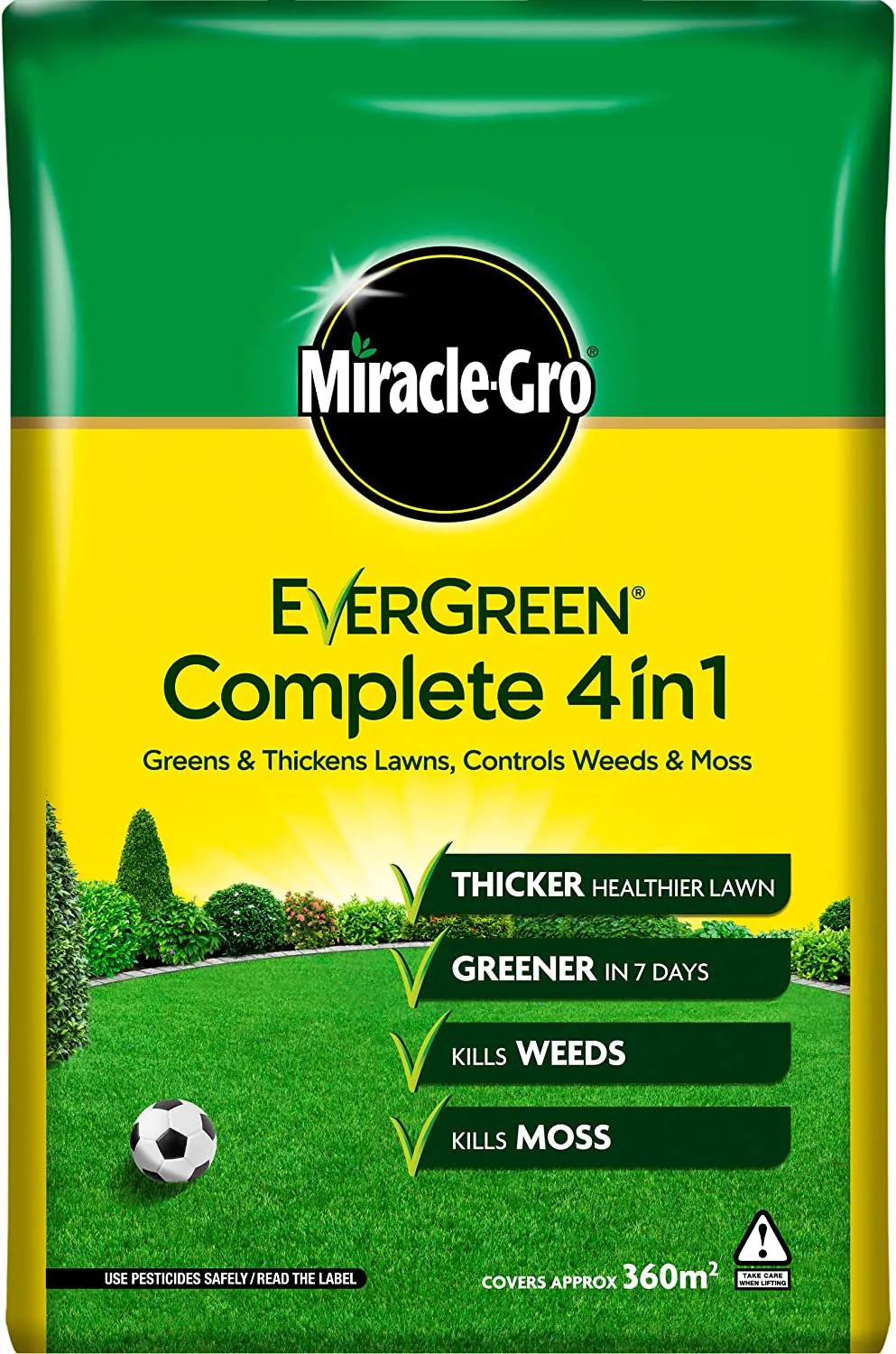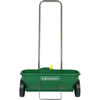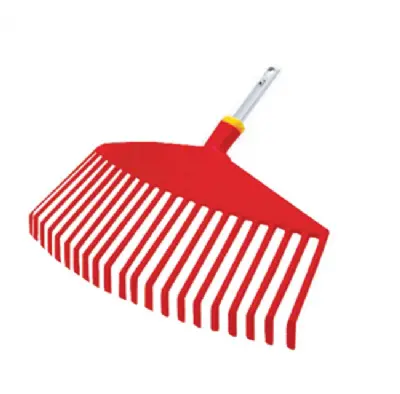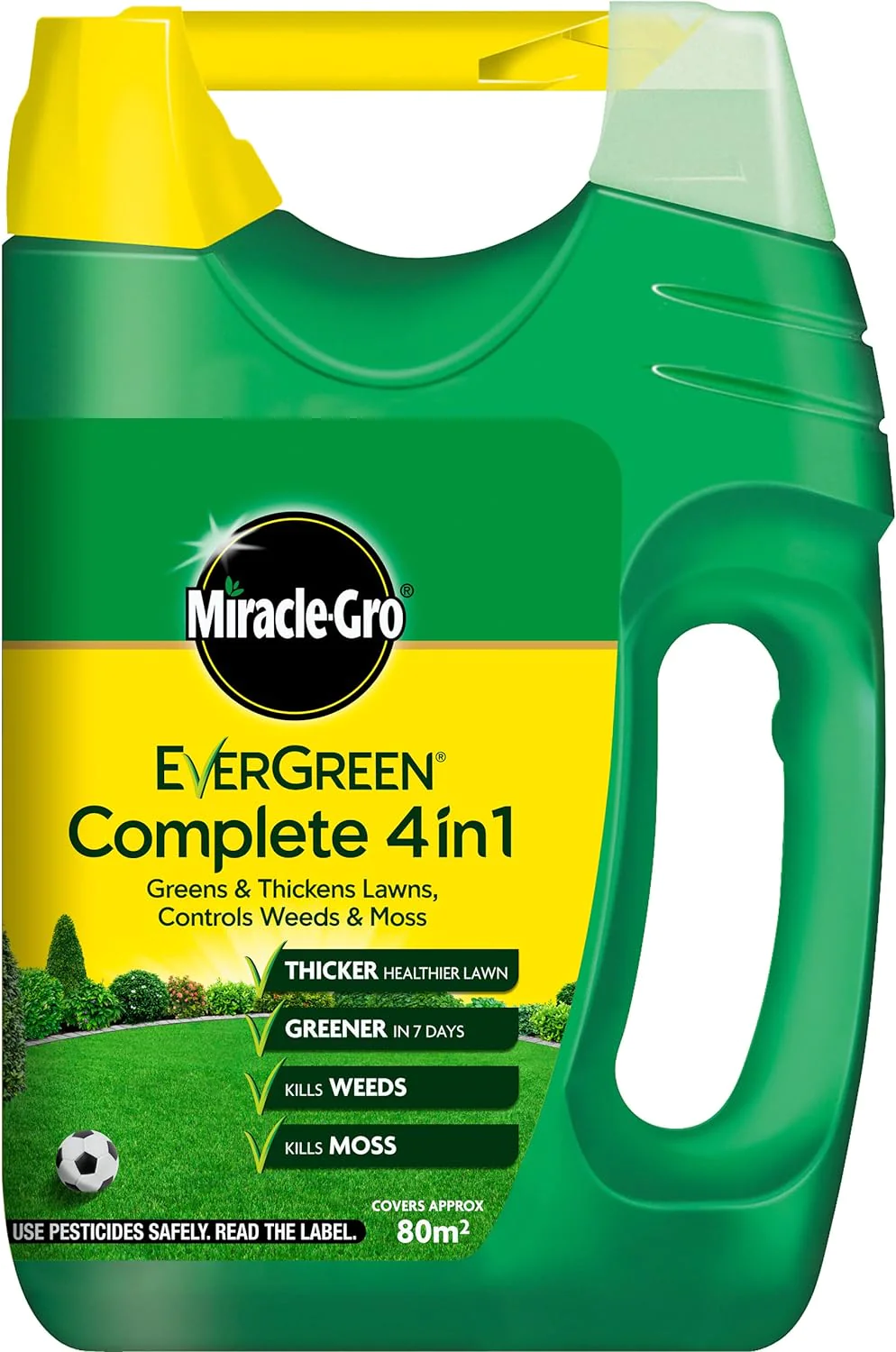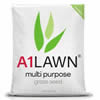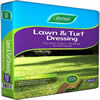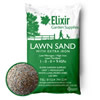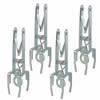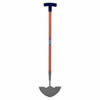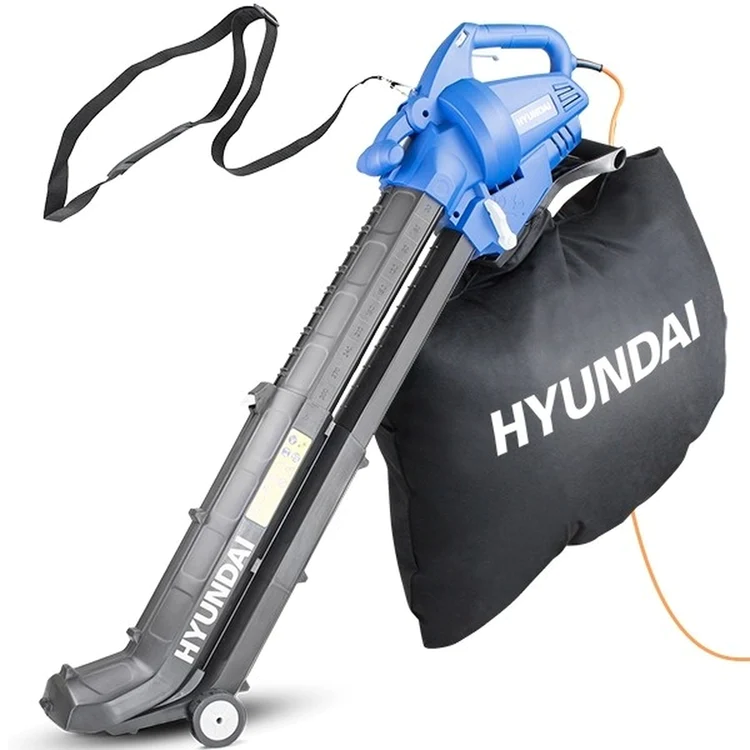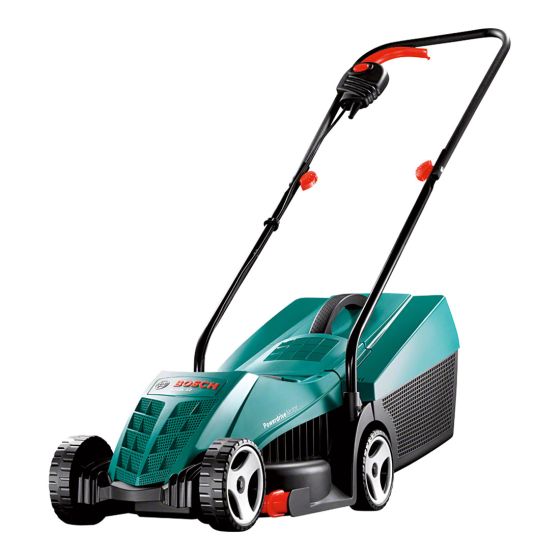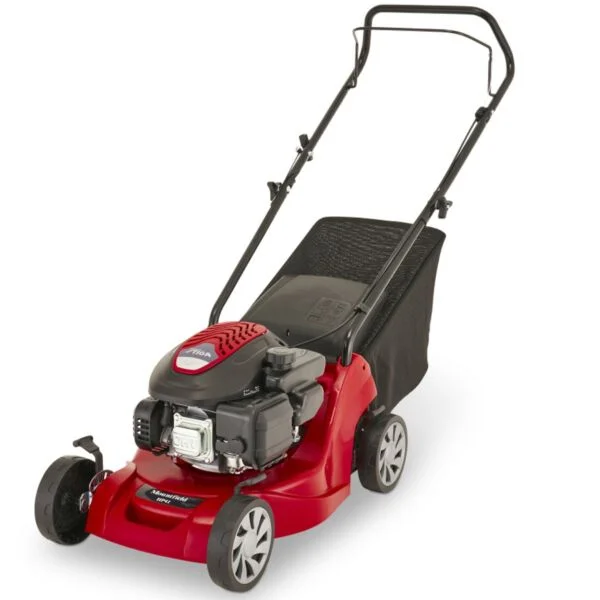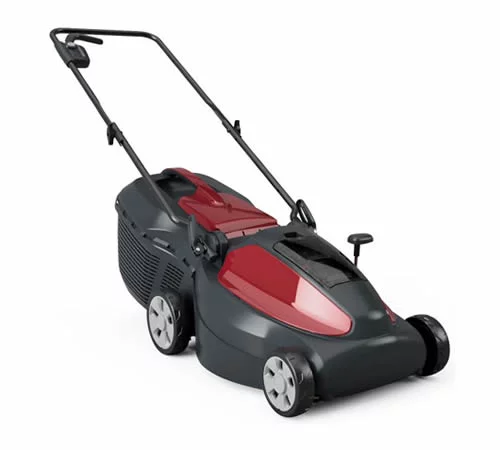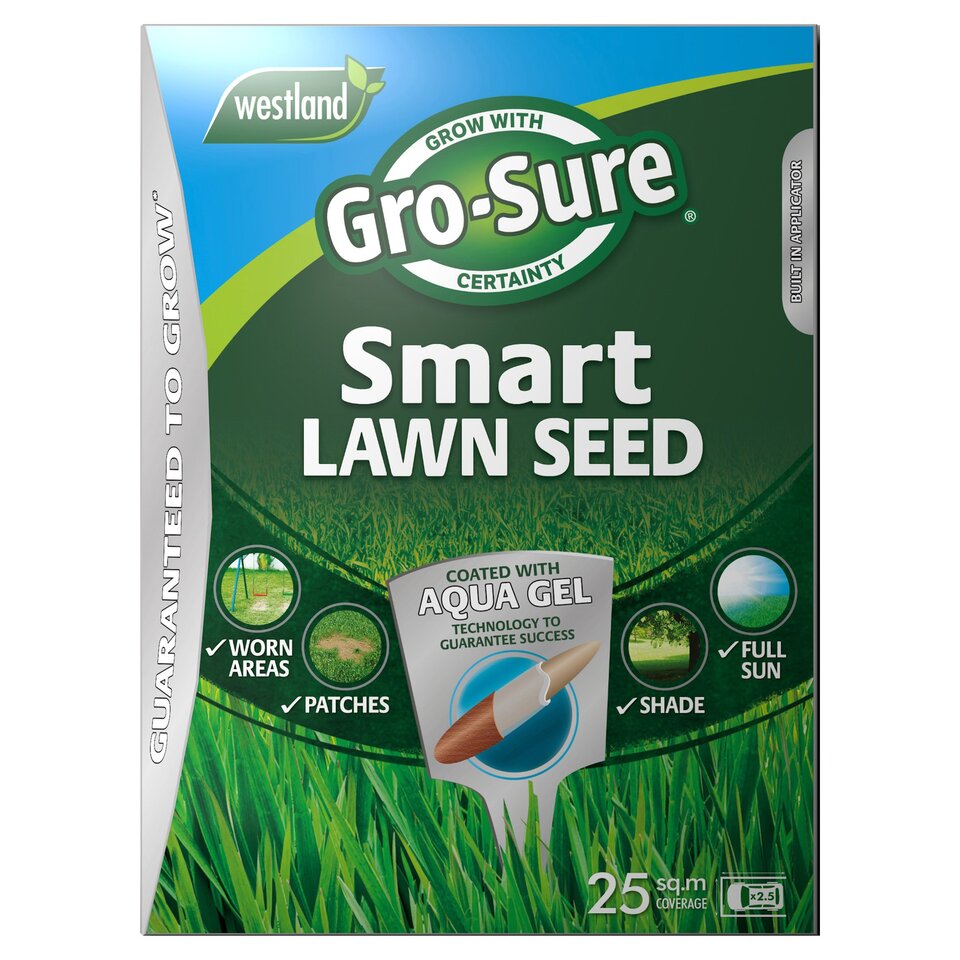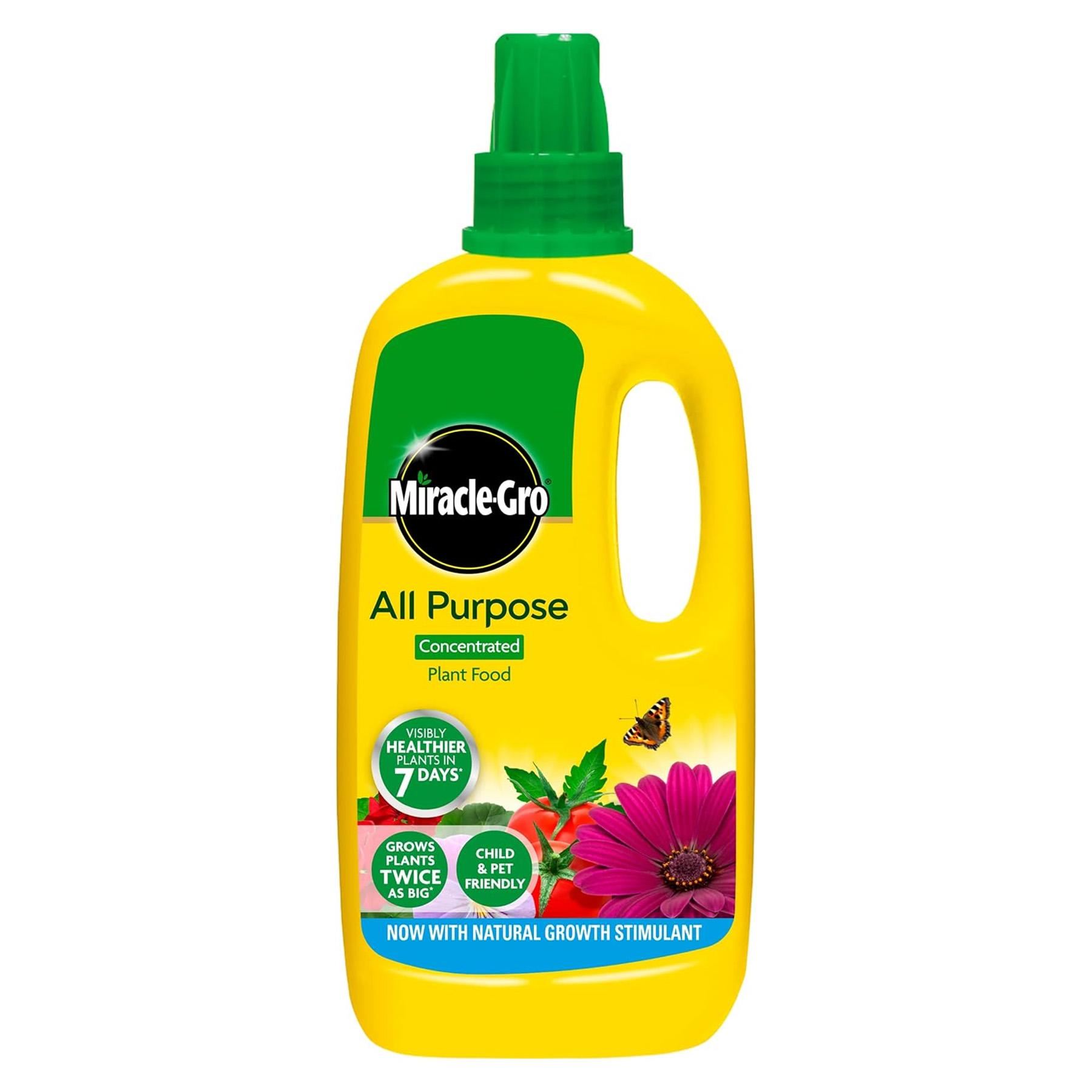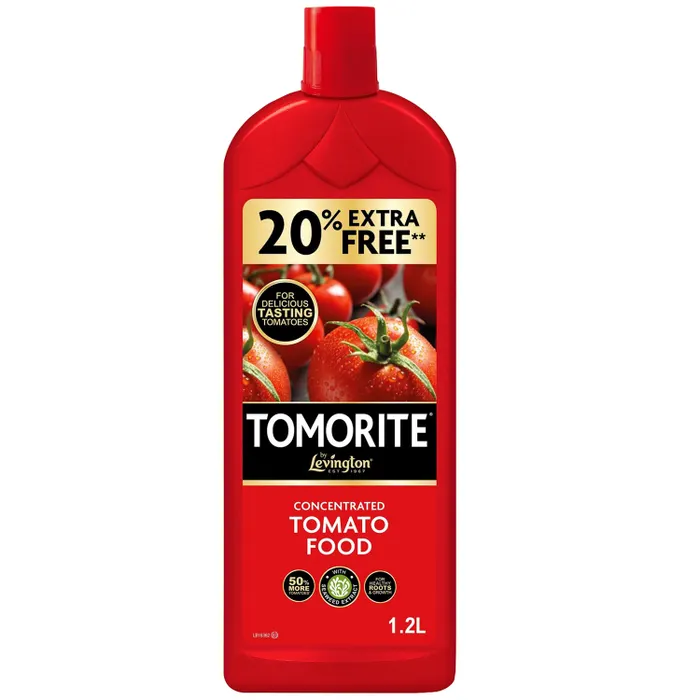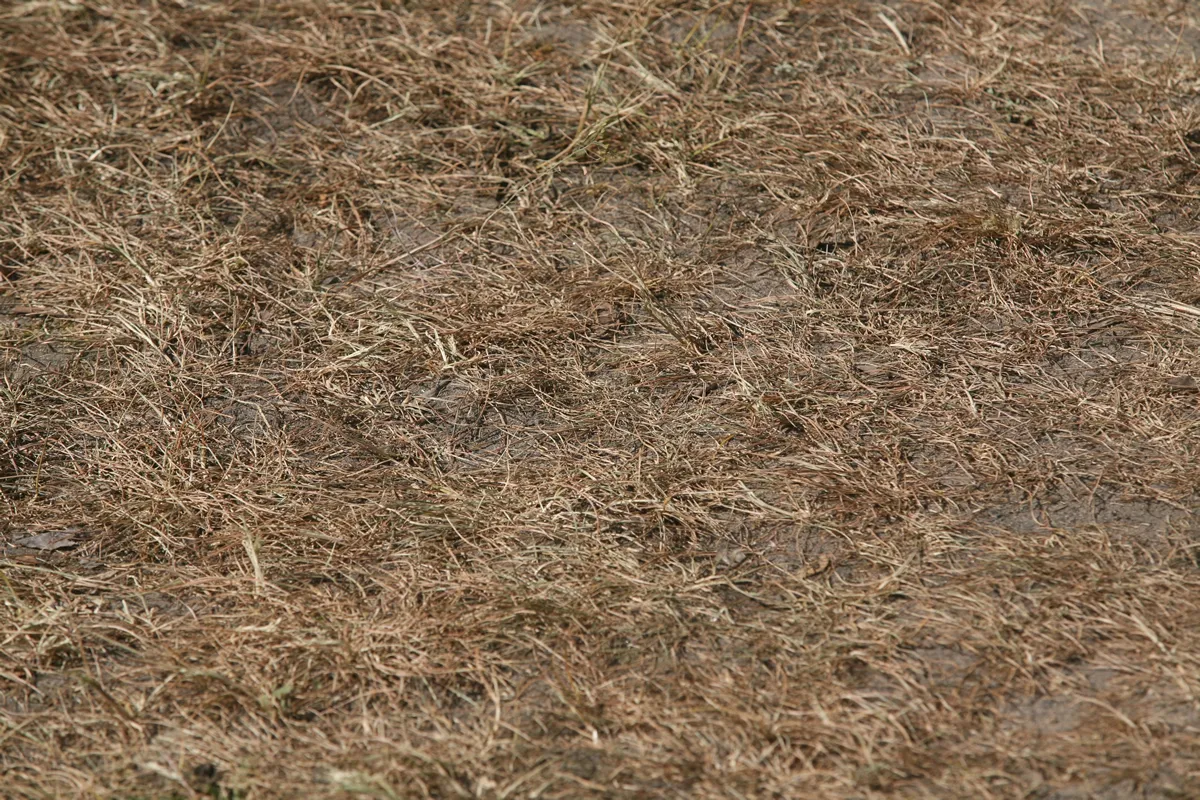
Recognizing the Signs of Heat Stress
Your lawn can't speak, but it can certainly show signs of distress. It's vital to be the attentive guardian, watching out for clues that your grass might be suffering from the heat. Here are prominent signs to look for:
- Discoloration: Grass turning yellow or brown is often the first visual indicator of heat stress. The blades may also appear dull or grey.
- Thinning: High temperatures can expedite the loss of grass, particularly if the lawn is under environmental duress due to other factors such as insufficient watering.
- Wilting: When grass is unable to maintain its internal water balance, you may notice it wilting, a clear sign it's struggling with the heat.
- Slow recovery: After being stepped on or compressed, stressed grass may not bounce back as it usually would. This resilience check can be an early warning of heat-related issues.
It's important to note that these signs aren't exclusive to heat stress and can be caused by various ailments. But when observed in the context of hot weather and direct sun exposure, they provide a strong case for heat stress management.
Understanding the Causes of Heat Stress
Heat stress is the result of the grass being unable to cope with excessive heat. This can be influenced by several factors:
- Temperature: When the mercury rises above the threshold that a particular species of grass can handle, the plant's physiological processes are disrupted, leading to stress.
- Sunlight: Extended periods of direct sunlight, especially without adequate water, can scorch the grass and hinder photosynthesis.
- Moisture Deficiency: Without enough water, the grass can't cool itself through transpiration. The lack of water also affects nutrient uptake, compounding the problem.
- Compacted Soil: Soil compaction restricts the movement of air and water, both essential for the root system's well-being.
By recognizing these triggers, you can tailor your lawn care routine to minimize the effects of heat stress.
Strategies for Preventing and Mitigating Heat Stress
The best offence is a good defence, even in lawn care. Proactive measures can significantly reduce the risks associated with heat stress. Here are several strategies to keep your lawn healthy under the summer sun:
- Water Deeply, Less Frequently: Deep and infrequent watering encourages grass roots to grow deeper, where they can access more stable moisture levels. Frequent shallow watering, on the other hand, promotes shallow root development, which can be detrimental during a heat wave.
- Aerate Your Soil: Aerating the soil allows air, water, and nutrients to penetrate the root zone, promoting a healthier and more resilient lawn.
- Choose the Right Grass Type: Some grass varieties are naturally more resistant to heat and drought. Consulting with a local garden centre or doing a bit of research can help you select the most suitable type for your climate.
- Fertilize Smartly: Apply fertilizers judiciously and in accordance with your grass's needs and seasonal schedule. Avoid high nitrogen levels during the hottest parts of the year, as this can stress the grass further.
- Create Some Shade: If possible, create shade for your lawn during peak sunlight hours, whether through temporary structures or planted trees.
- Resist the Urge to Cut Low: Taller grass shades the soil, which can help retain moisture. During dry spells, keeping your mower blade at a slightly higher setting can be a lifesaver for your lawn.
Implementing these measures before the heat sets in ensures your lawn is well-prepared and better equipped to handle the stress.
Importance of Timing in Lawn Care Activities
The when of lawn care is just as important as the what. Timing your lawn care activities to coincide with cooler times can help minimize the risk of heat stress.
- Water Early: Watering in the morning allows the grass to dry out during the day, reducing the potential for diseases that thrive in moist conditions. It also prepares the grass for the day's heat and ensures it has the necessary moisture to cope.
- Mow Wisely: Mow your lawn during the cooler parts of the day to prevent additional stress on the grass. Also, leave the clippings on the lawn to act as mulch, which can retain soil moisture.
- Fertilize Strategically: Timing fertilizer application correctly ensures that the grass has nutrients it needs, when it needs them. For instance, a slow-release nitrogen fertilizer applied in late spring can help the grass cope with the summer stress.
Understanding the impact of timing on your lawn care operations can make a significant difference in how your lawn withstands the summer heat.
Case Studies or Expert Insights
Real-life examples of effective heat stress management can make the issues discussed more relatable and actionable. Perhaps a local lawn care service provider can share interesting case studies where they've successfully nursed a severely stressed lawn back to health. Additionally, lawn care professionals can provide insider tips that have proved invaluable in their line of work.
Conclusion and Call to Action
Heat stress is a formidable foe for any lawn, but armed with the right knowledge and tools, it's one that can be defeated. This guide has equipped you with actionable tips, from recognizing the symptoms to implementing a robust lawn care plan.
I encourage you to take the initiative and evaluate your lawn's current health in the context of potential heat stress. Share your insights with the community to foster a culture of shared knowledge and greener pastures for all. Remember, a little extra care under the summer sun can go a long way in ensuring your lawn remains a source of pride and beauty.


